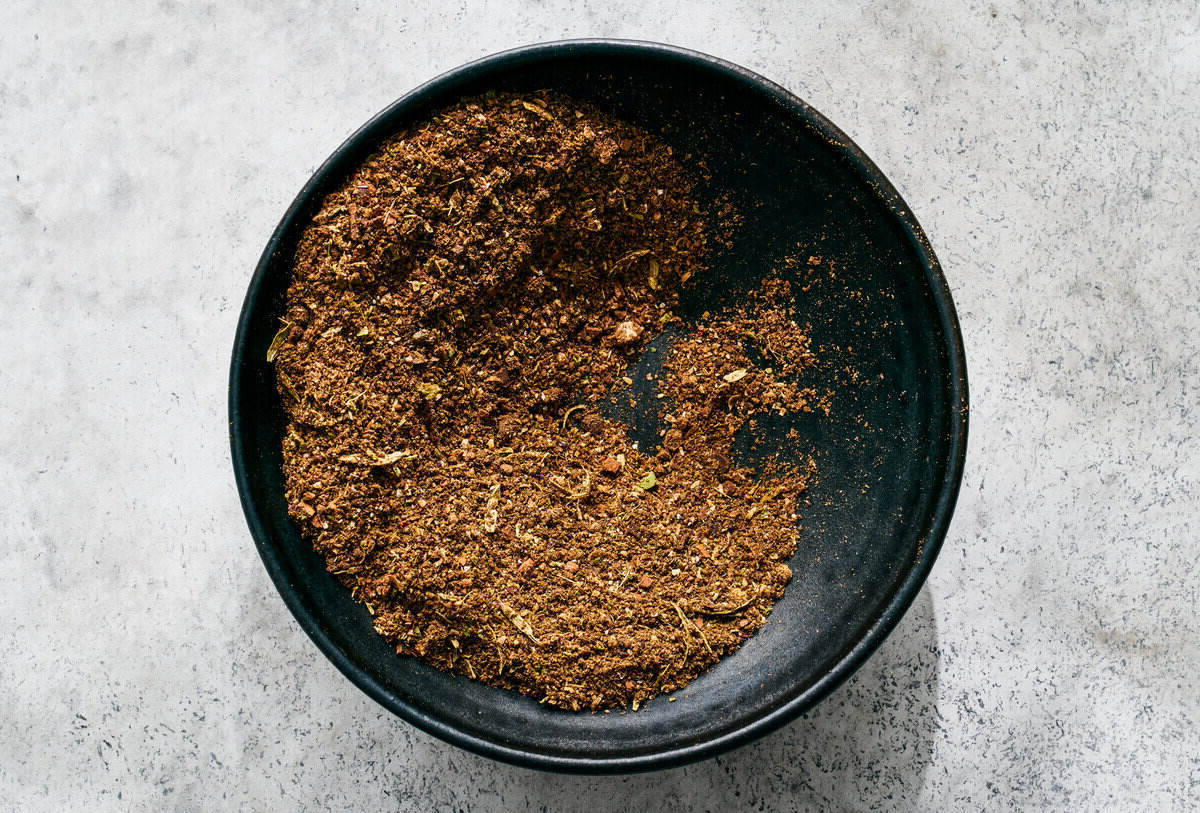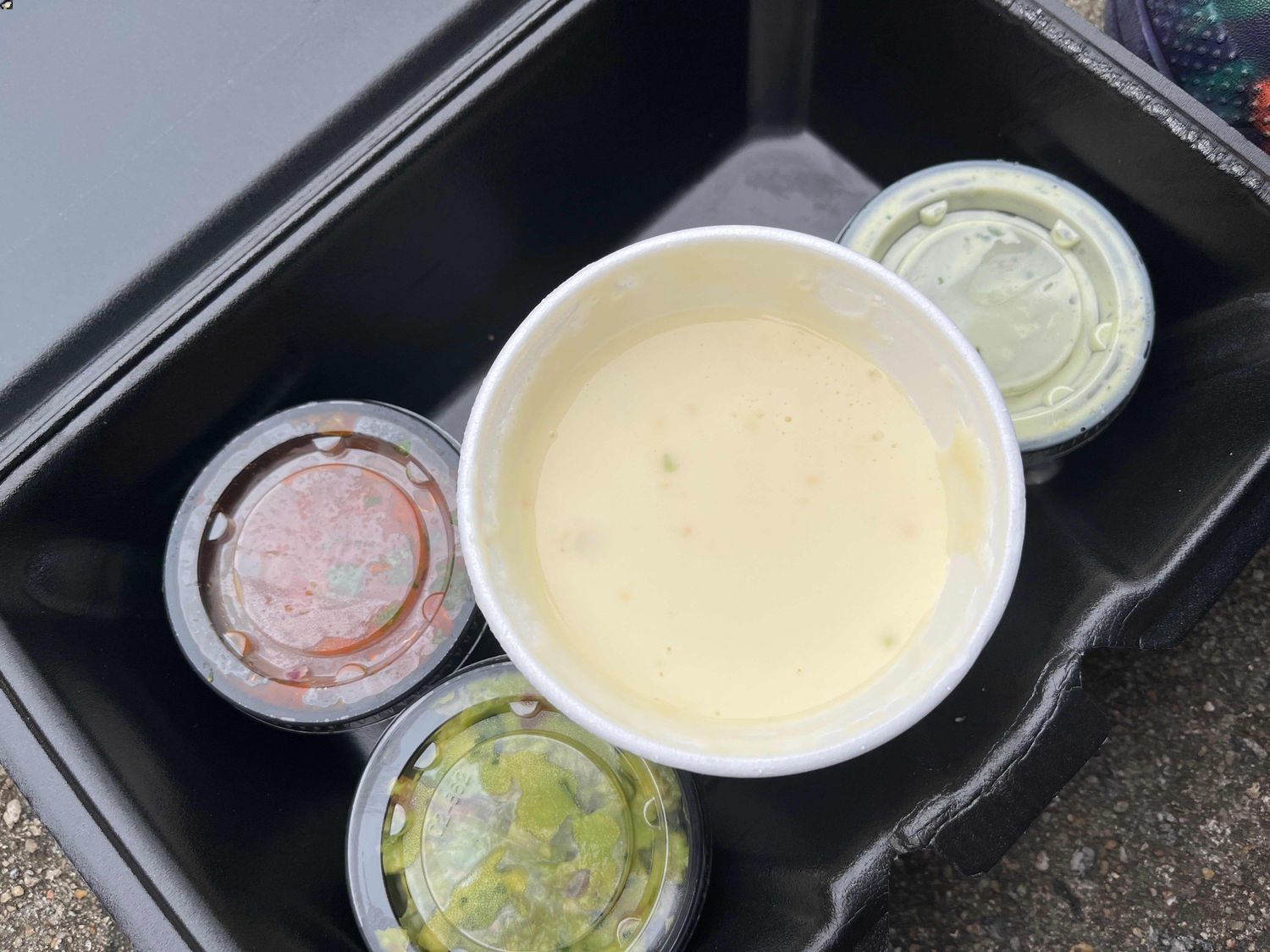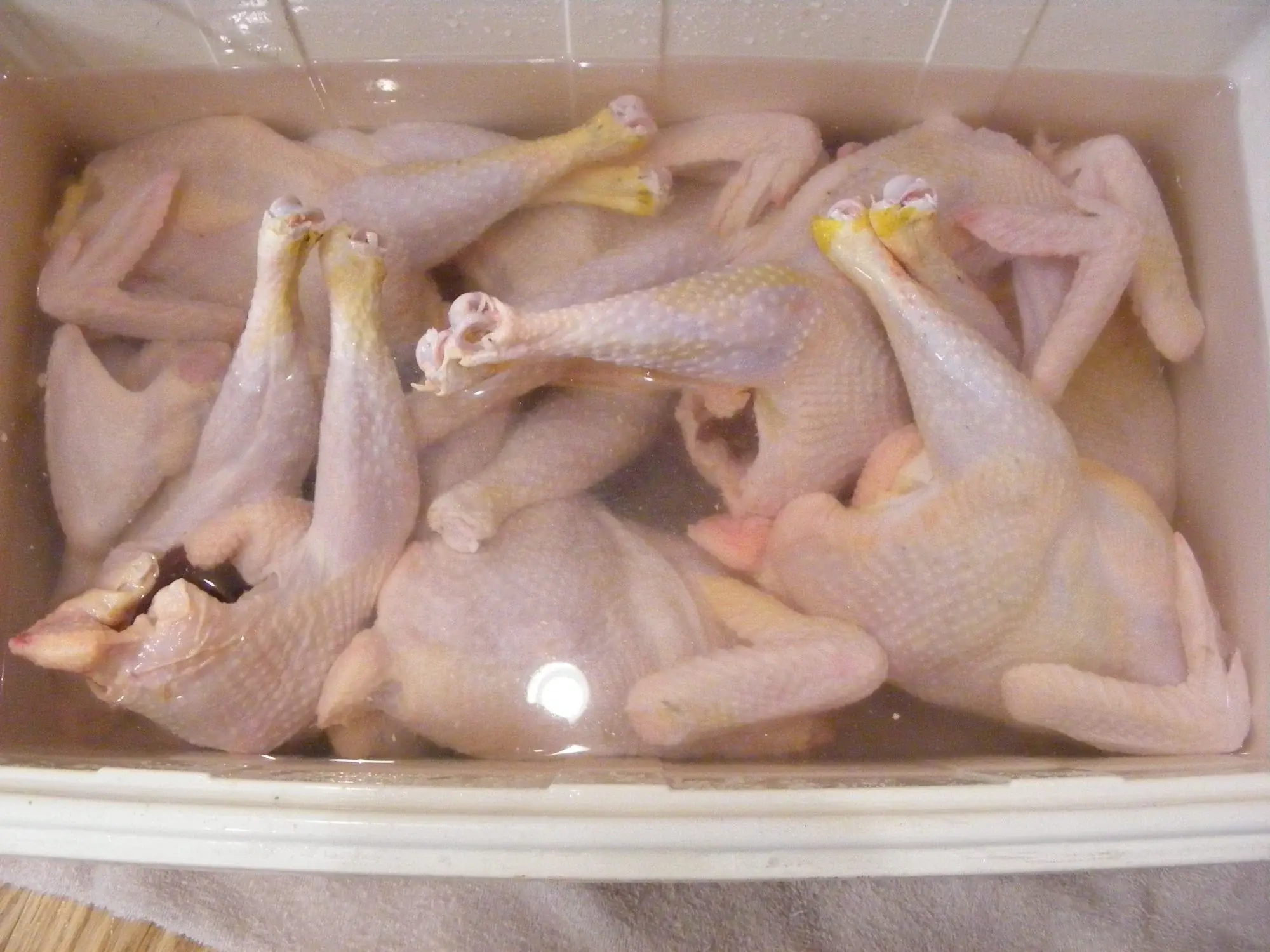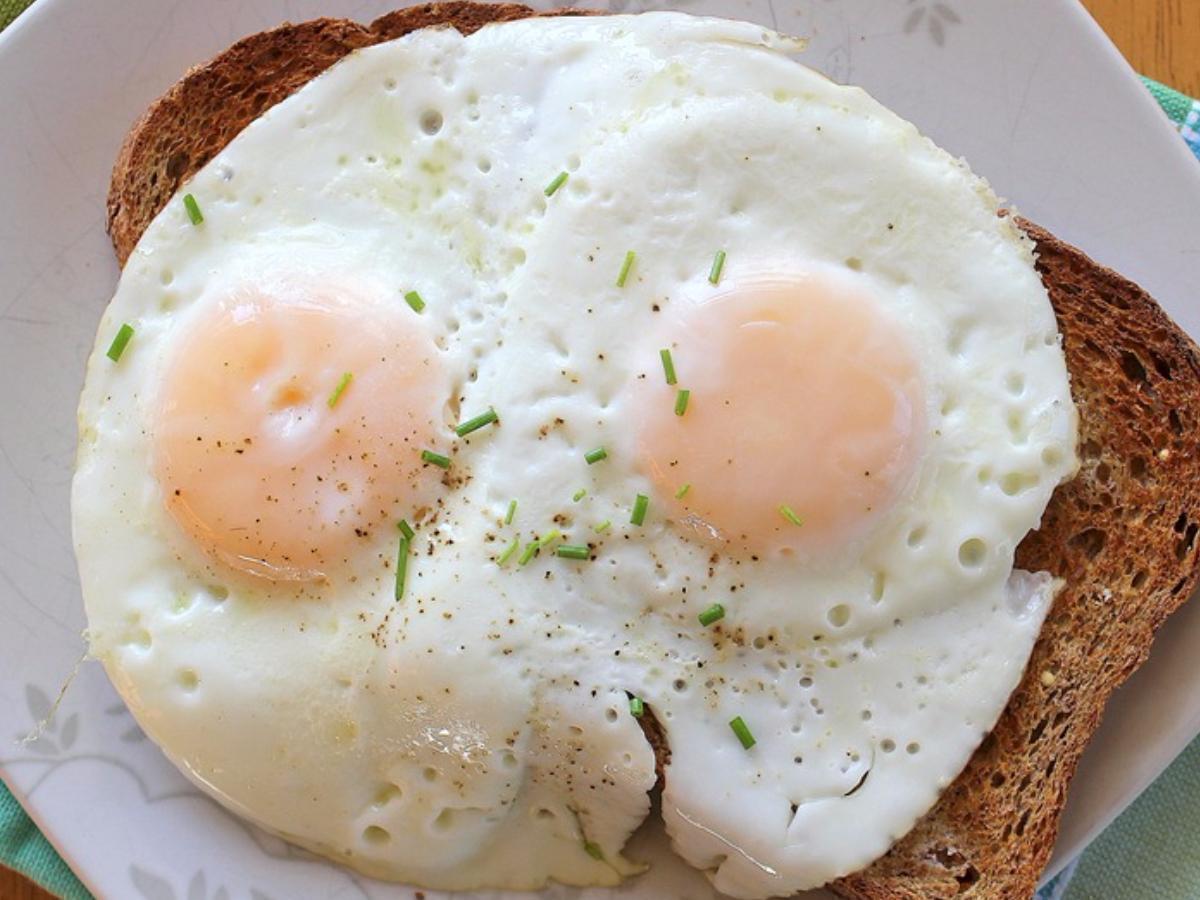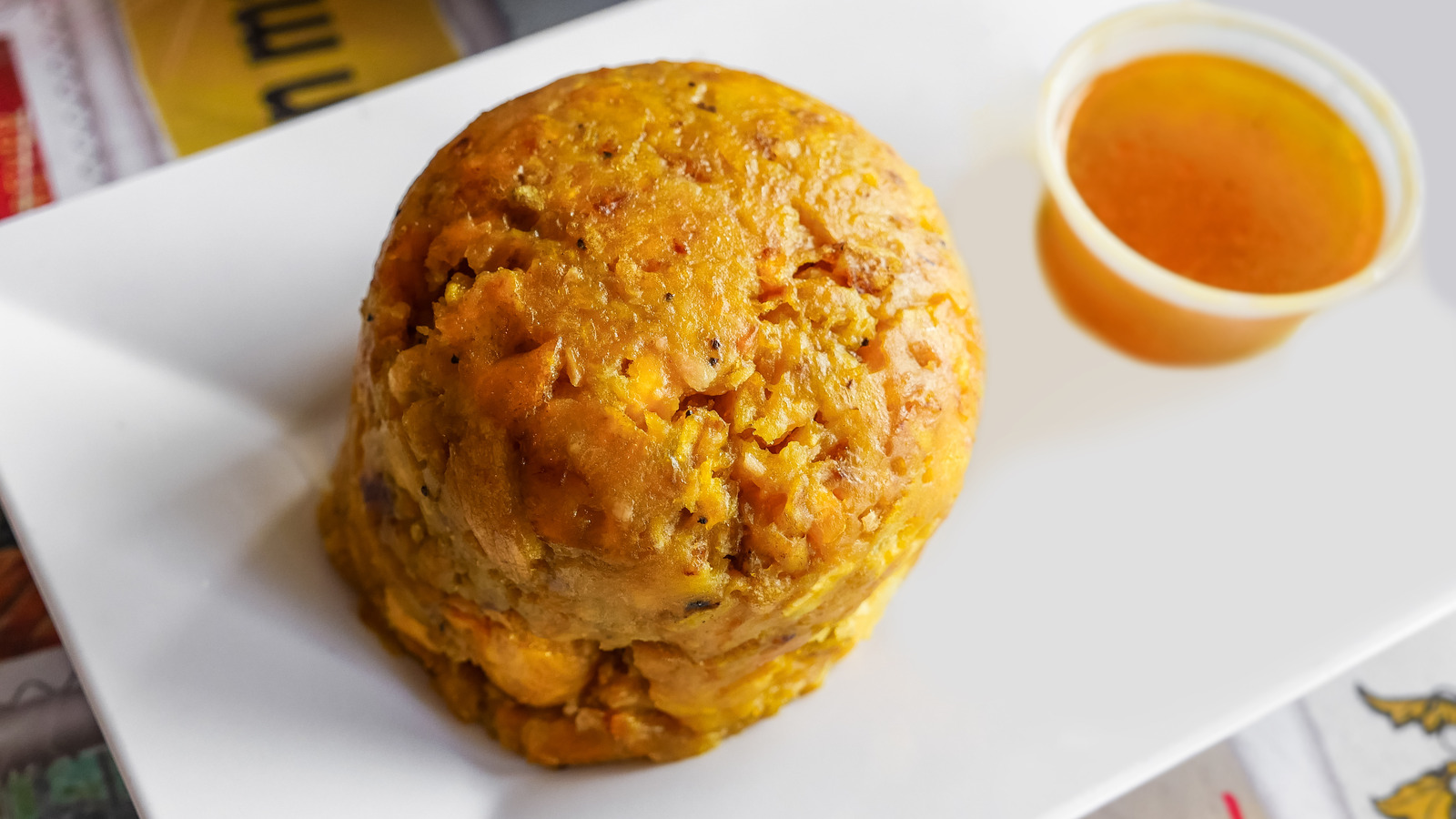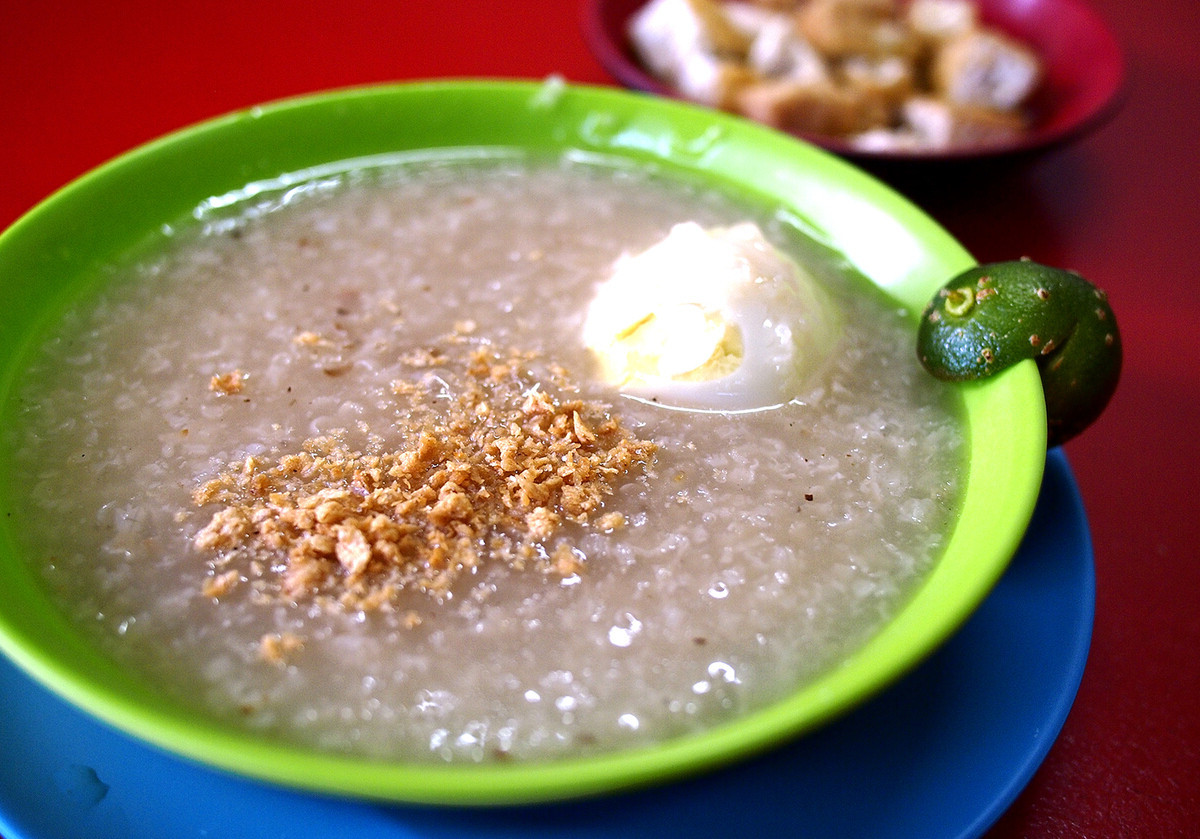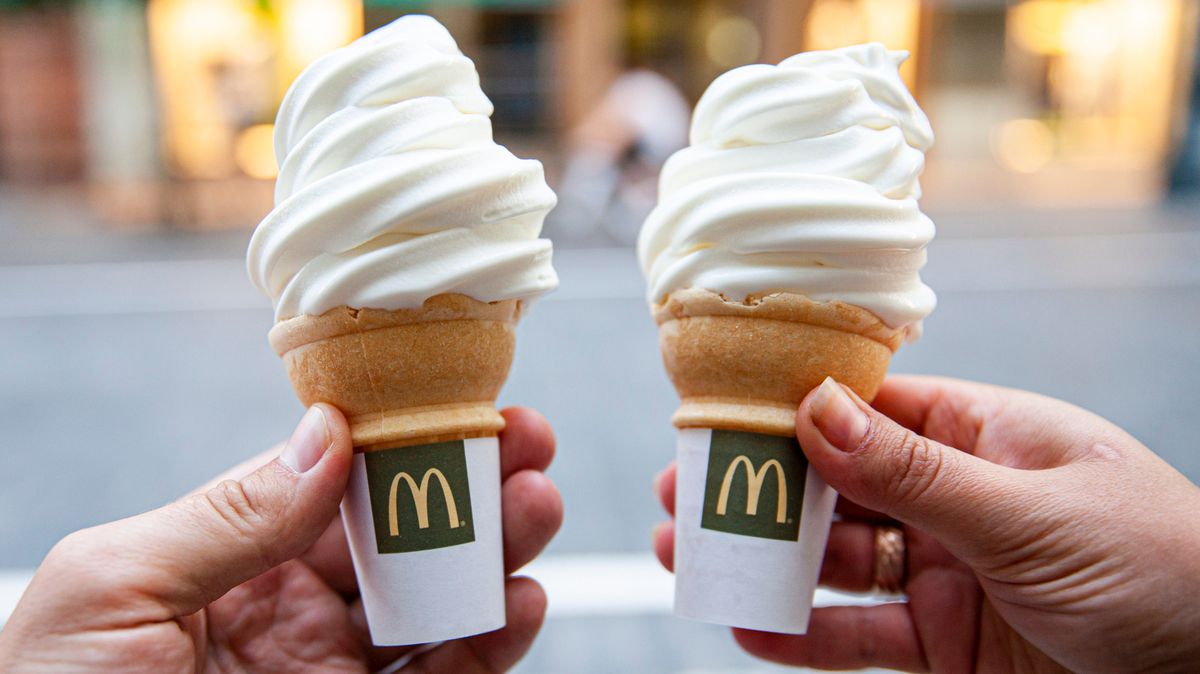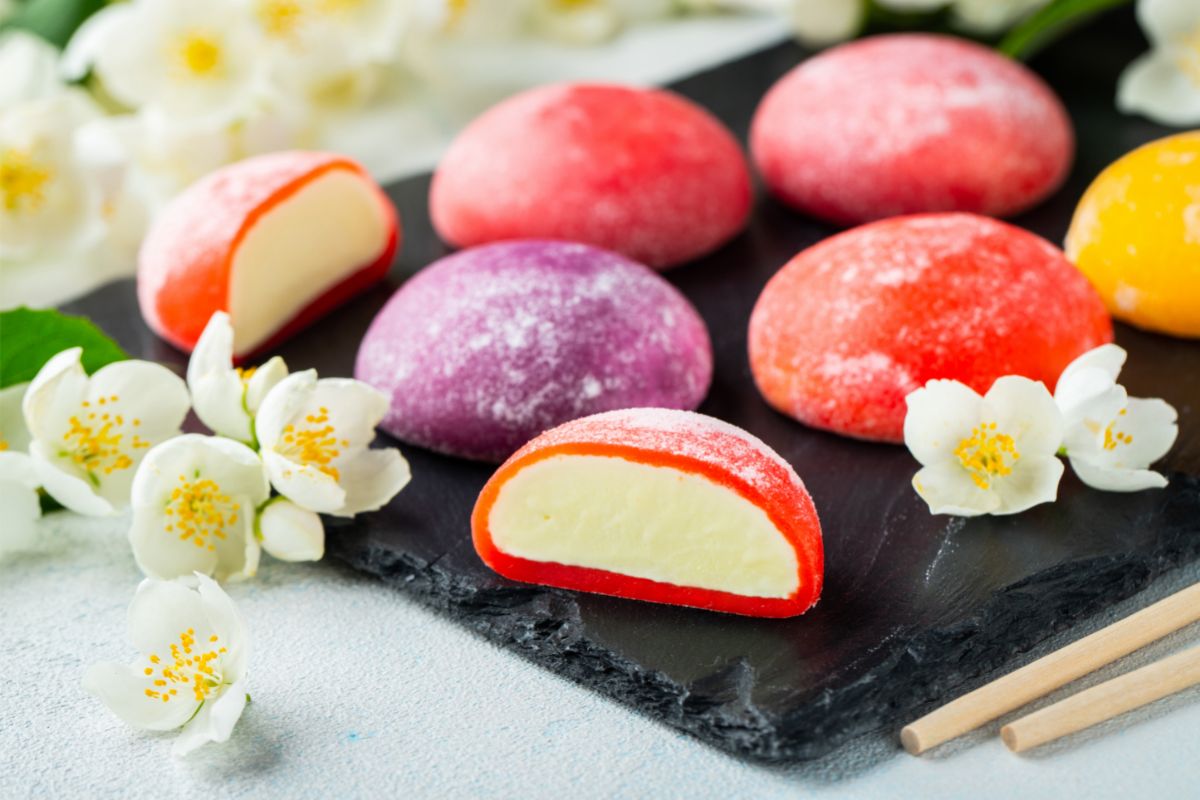When it comes to enjoying a delicious lobster meal, many people are familiar with the succulent meat found in the tail, claws, and legs. However, there is another part of the lobster that often sparks curiosity and intrigue – the green stuff. If you've ever wondered about this mysterious component of the lobster, you're not alone. In this article, we'll explore the green stuff and uncover what it is, why it's green, and whether it's safe to eat.
What Is Lobster Green Stuff?
The green stuff in lobsters, also known as tomalley, is a soft, green substance that is found in the body cavity of the lobster. It serves as the hepatopancreas, which is the lobster's digestive gland. This organ plays a crucial role in the lobster's digestive process, helping to break down food and store nutrients.
Why Is It Green?
The distinctive green color of the tomalley can be attributed to the presence of chlorophyll, a pigment found in plants. Lobsters are known to consume a variety of marine organisms, including algae and other plant matter, which contributes to the green hue of their tomalley. While the color may initially seem unusual, it is a natural and normal characteristic of the lobster's digestive system.
Is It Safe to Eat?
Now, the big question – is it safe to eat the green stuff? The answer is not a simple yes or no. While some people enjoy consuming tomalley and consider it a delicacy, others prefer to avoid it due to concerns about potential contaminants. As the hepatopancreas serves as the lobster's filter for removing toxins from its body, there is a possibility that the tomalley may contain higher levels of certain substances, such as heavy metals or pollutants, than the rest of the lobster's meat.
How to Enjoy Lobster Tomalley
If you're interested in trying the green stuff, it's important to exercise caution. Here are a few tips for safely enjoying lobster tomalley:
-
Cooking: When cooking a whole lobster, the tomalley will turn a creamy white color, which some people find more appealing than its natural green hue. This can make it more visually palatable for those who are hesitant about trying it.
-
Moderation: If you do choose to consume tomalley, it's best to do so in moderation. Limiting your intake can help minimize potential exposure to any contaminants that may be present.
-
Source: If you're purchasing lobster from a reputable source, inquire about the quality and safety of the tomalley. Some seafood providers may offer guidance on the consumption of tomalley based on their sourcing and testing practices.
Conclusion
In conclusion, the green stuff in lobsters, known as tomalley, is a natural part of the lobster's anatomy and serves a vital function in its digestive process. While some people enjoy indulging in this unique aspect of the lobster, others may prefer to steer clear due to potential concerns about contaminants. Ultimately, the decision to consume tomalley is a personal one, and it's important to approach it with awareness and consideration for safety. Whether you choose to savor the tomalley or stick to the more familiar parts of the lobster, exploring the culinary world of seafood can be a delightful adventure.
Was this page helpful?
Read Next: What Is Masa Food?
